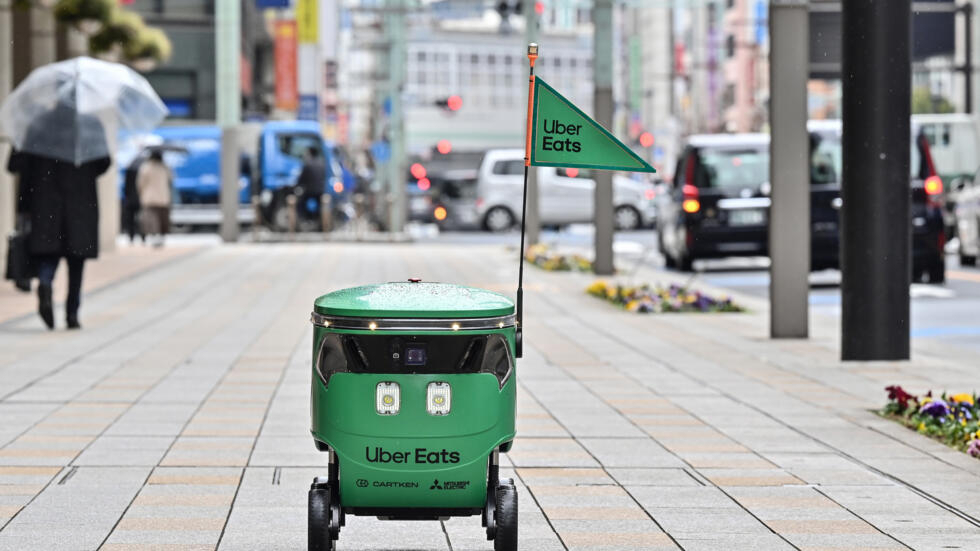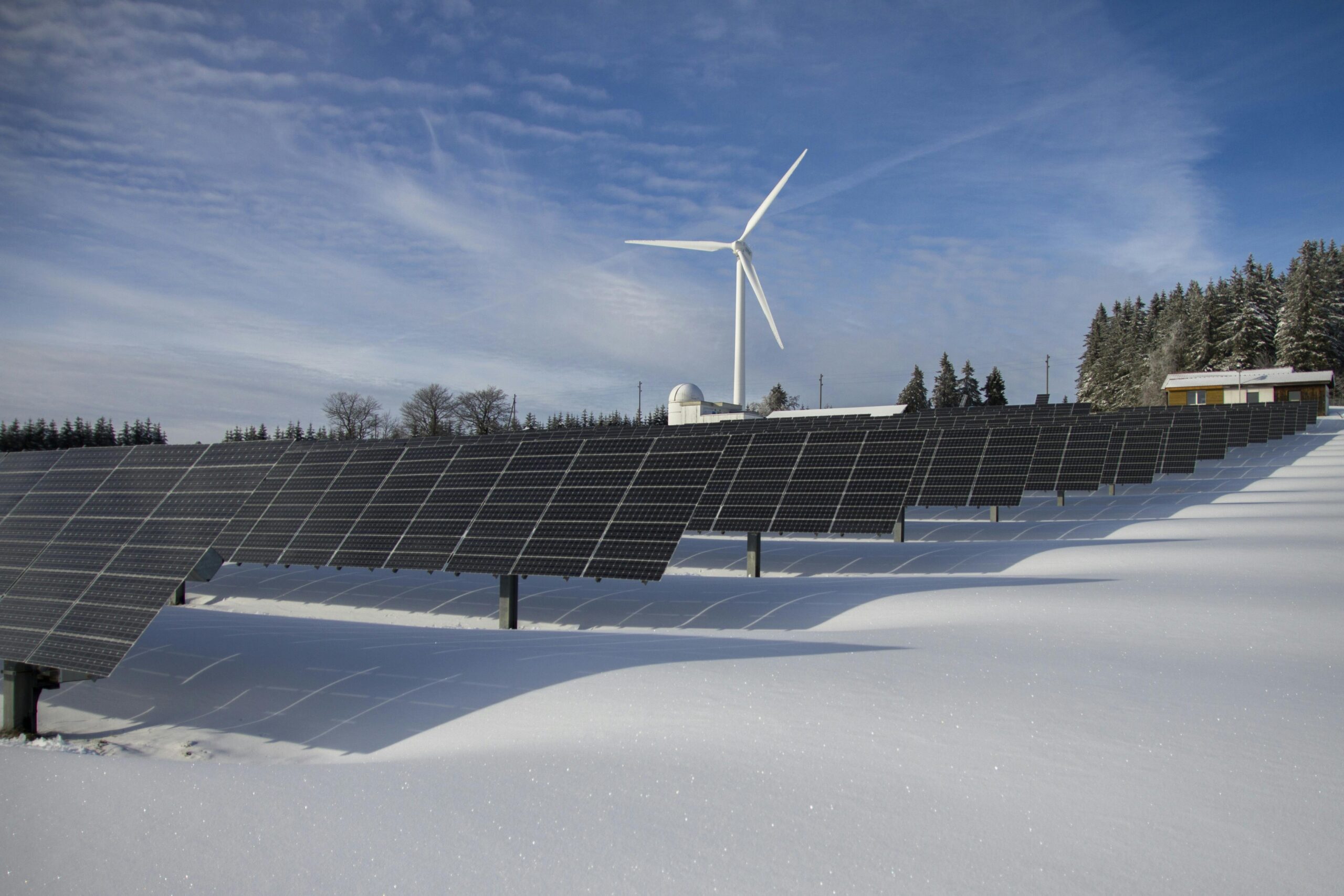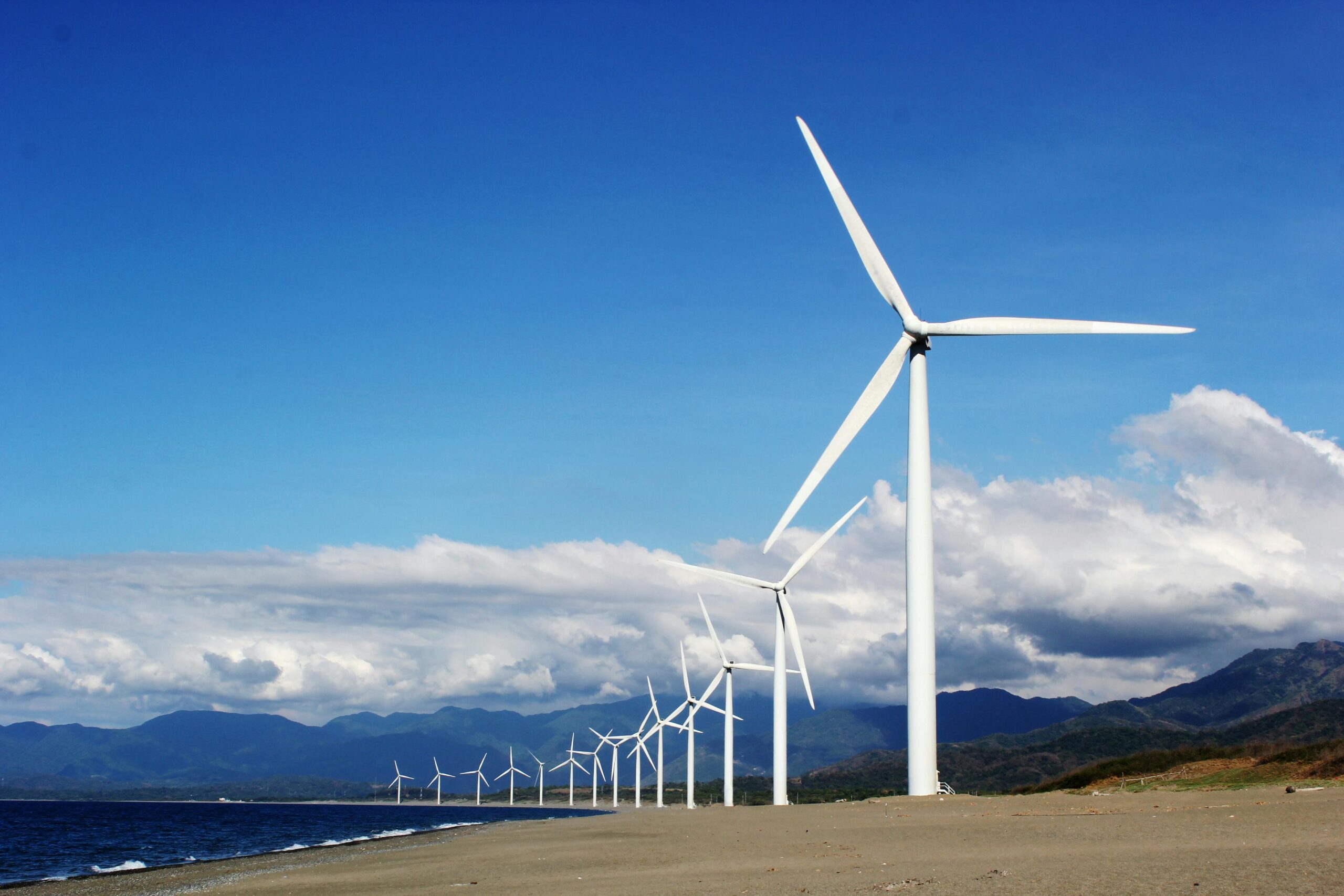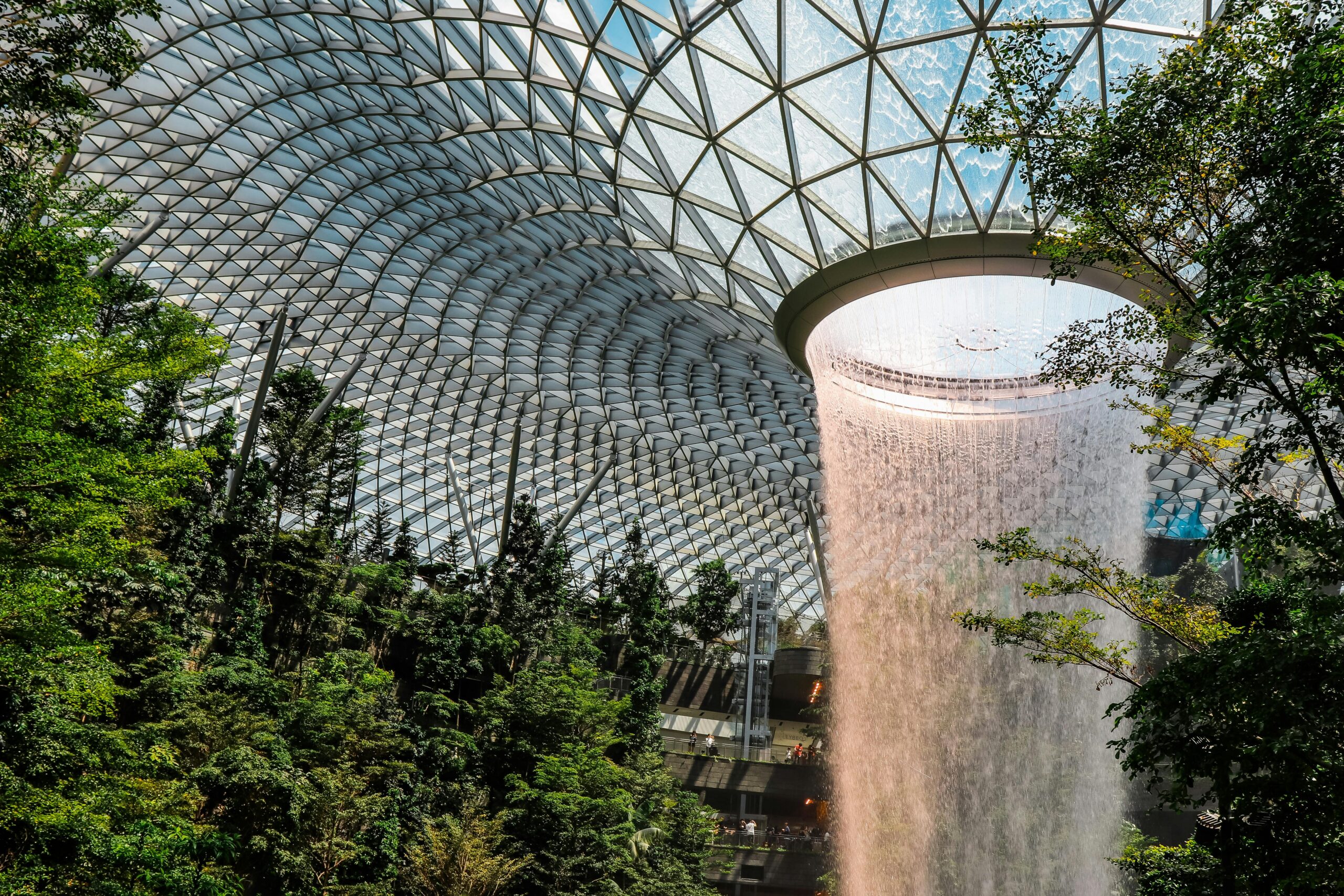Uber Eats has introduced an innovative robot delivery service in Tokyo, heralding a new era for food delivery in the bustling city. This Wednesday marks the beginning of a pilot program in a confined Tokyo area, with the United States-based company expressing aspirations for a broader implementation across Japan in the future. This move comes as Japan adjusts its traffic regulations to accommodate delivery robots on public pathways, responding to acute labor shortages. Uber Eats, along with other enterprises such as Panasonic, is exploring the potential of these autonomous vehicles to fulfill delivery tasks.
These distinctive Uber Eats robots, equipped with cubic headlamps that mimic eyes and a six-wheel design to handle curbs, autonomously navigate their way to destinations. They employ advanced sensors to avoid obstacles and pedestrians, ensuring a safe transit at speeds up to 5.4km/h. Although the robots operate independently, a human operator remains on standby to intervene if necessary.
Alvin Oo, an executive at Uber Eats, shared insights into the service’s initial limitations, including the requirement for app users to meet the robots outside for pickup. However, the vision extends to a future where these robots could directly deliver to specific office floors or apartment units, particularly in high-density areas like Tokyo. Oo also speculated on the service’s expansion to rural regions, addressing the mobility needs of the ageing population and areas with limited driver availability.
Addressing potential concerns from current drivers regarding job security, Oo reassured that human delivery partners would continue to play a crucial role on the platform for many years to come. This statement comes in the backdrop of recent strikes and ongoing debates about the gig economy’s employment practices, where companies like Uber have faced criticism for not providing traditional employment benefits to their workers, labeling them as independent contractors instead.
Initially, the robot delivery service will be operational in Tokyo’s bustling Nihonbashi district, serving a select number of restaurants. The option for robot delivery will be randomly assigned to users, who can then choose to accept or decline this method.
During a demonstration, the robot’s novelty and design drew significant public interest, despite a near-miss incident with a pedestrian. Onlookers, including Akemi Hayakawa, praised the robot’s aesthetic appeal and functionality, noting the respectful distance maintained by pedestrians. Hayakawa also highlighted the robot’s potential significance for Japan, considering the nation’s demographic challenges and labor market constraints, suggesting that such technological solutions could be particularly beneficial.













